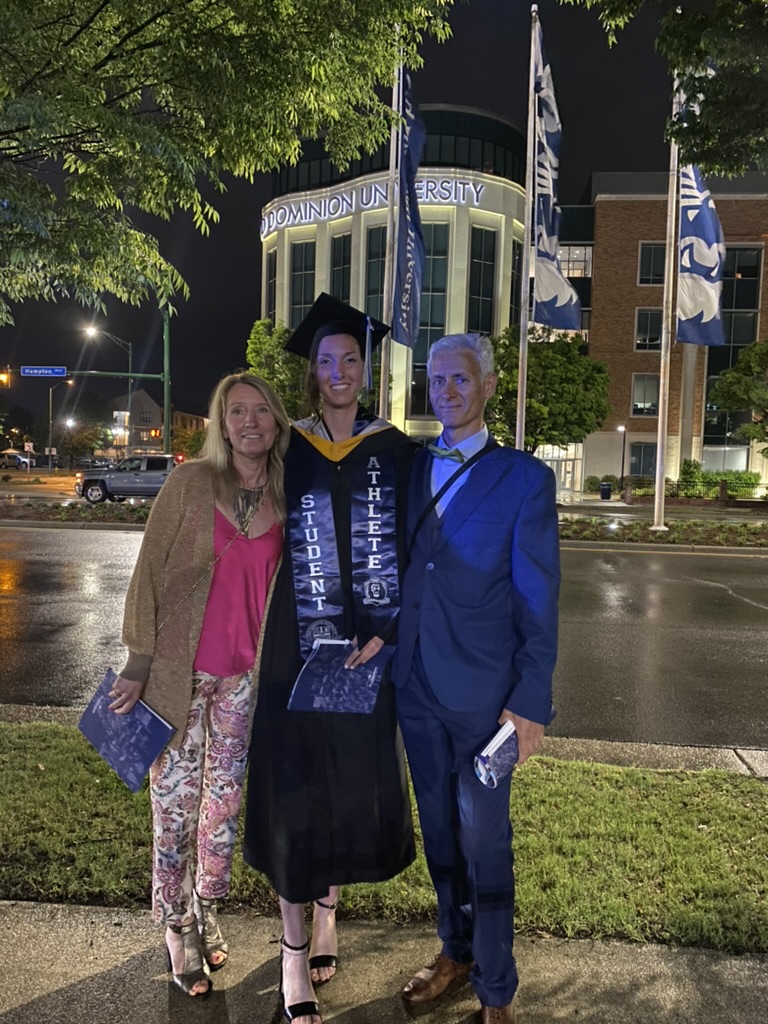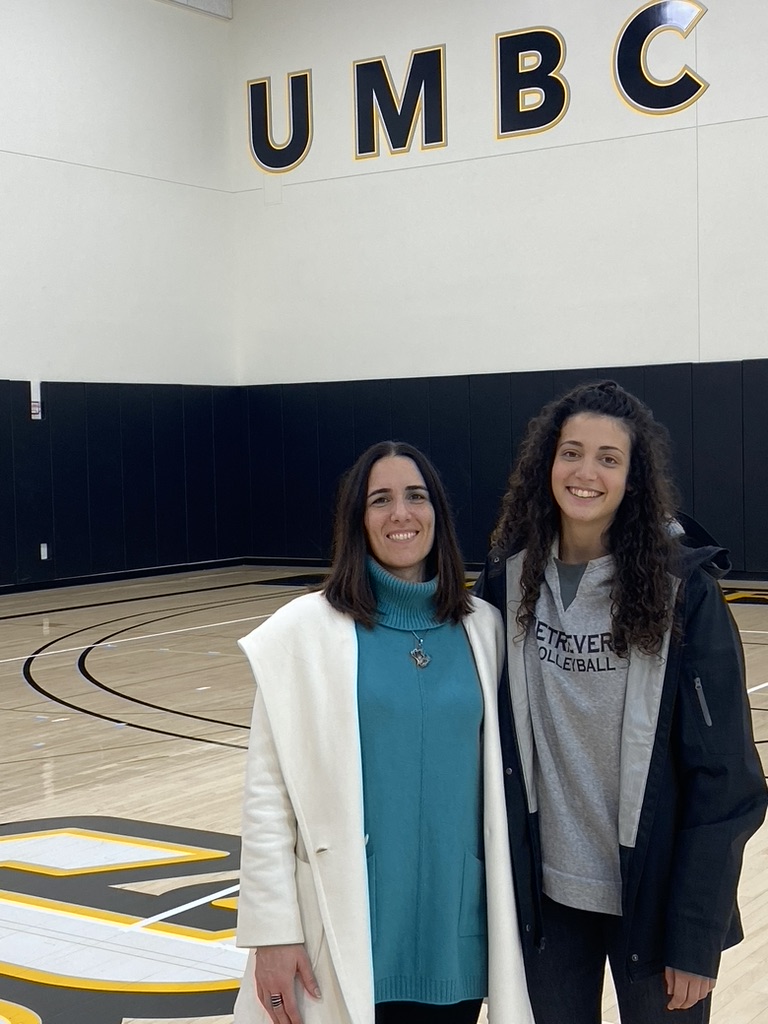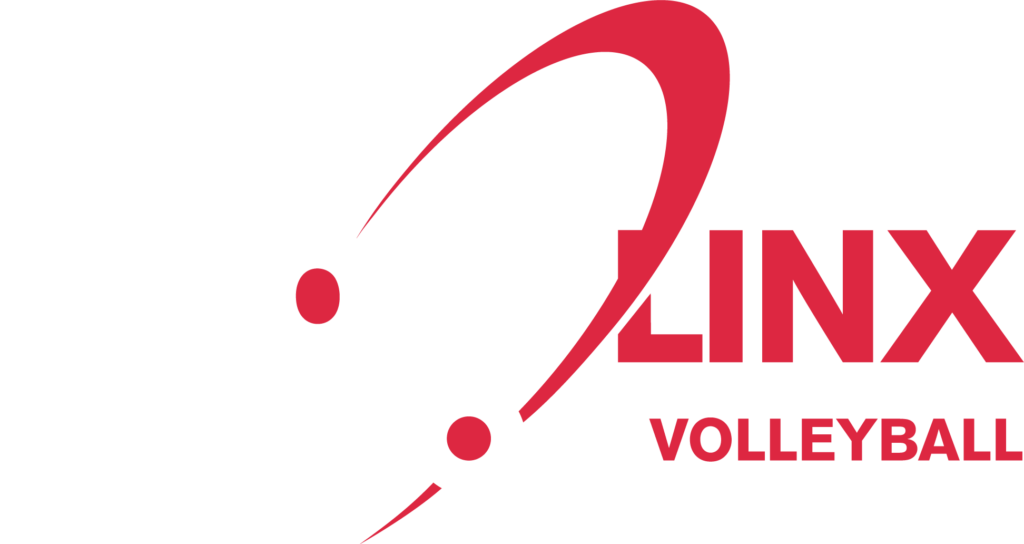It is called PSA (Prospective Student-Athlete)) anyone who intends to become a university student and represent his or her college in the university sports leagues in which he or she participates. From the moment the PSA is admitted to college, the team, and the college sports league, it officially becomes a student-athlete or student-athlete (SA).
All leagues and divisions have academic and sporting requirements that must be met in order to be declared “eligible” and represent your college. For this reason, there are organizations outside the colleges, but regulated by each league, whose task is to ensure that each PSA meets the minimum requirements to compete in a given league or division.






